How best to repair antique table
mayberrygardener
10 years ago
Related Stories
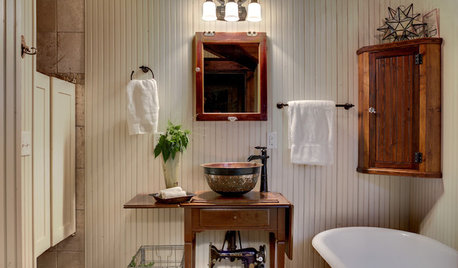
VINTAGE STYLEAntique Sewing Machines: Tailor Made for Nostalgic Decor
In full-on vintage rooms or contrasting modern looks, old sewing machines and tables are stirring up the past in a most stylish way
Full Story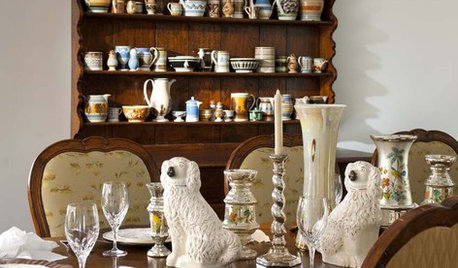
TRADITIONAL STYLEDecorating With Antiques: The Magic of Ceramics
Bring charm and beauty to a room with collected ceramics — used as intended or entirely reinvented
Full Story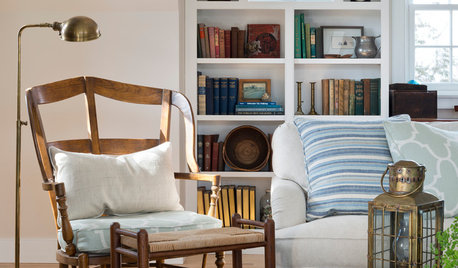
FURNITURESmart Shopper: How to Judge Antique Furniture Quality
Pick the treasures from the trash without expert experience by learning how to evaluate antiques and what questions to ask
Full Story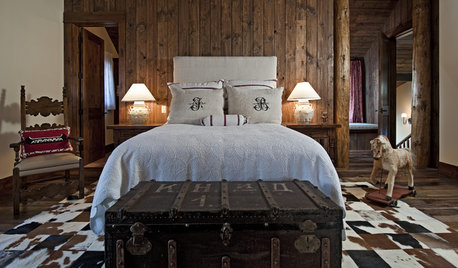
DECORATING GUIDESDecorating With Antiques: Chests, Dressers and Buffets
Pretty, practical and versatile, antique chests add history and character along with storage
Full Story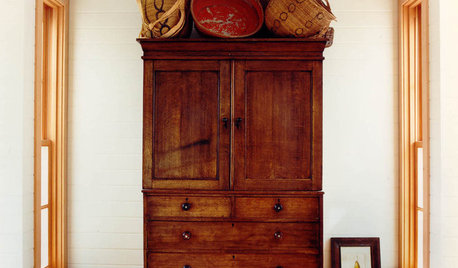
DECORATING GUIDESA Beginner's Mini Guide to Buying Antiques
Experience the thrill of the hunt without ignorance ruining the spoils, with this guide to antiquing for novice buyers
Full Story
FURNITUREDecorating With Antiques: Sit Pretty on Settees and Sofas
Get character and comfort when you bring home an antique seat — you can even reupholster it to perfectly fit your style
Full Story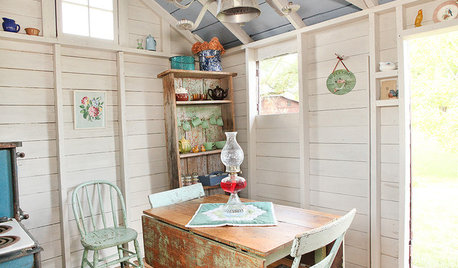
DECORATING GUIDESAntiques Shopping for the Fun of It
Play down a piece’s pedigree and play up what stirs your heart to make the hunt for antiques a real thrill
Full Story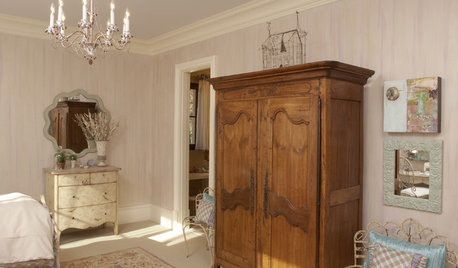
DECORATING GUIDESDecorating With Antiques: Armoires, the Versatile Beauties
Give any room more character and function with an armoire — this queen of antiques is also a storage workhorse
Full Story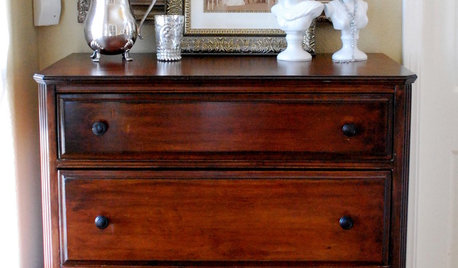
FURNITUREAntiques Shopping? Let Love Guide Your Search
If discovering aged treasures is your passion, you’re not alone. Find a kindred spirit and his buying tips here
Full Story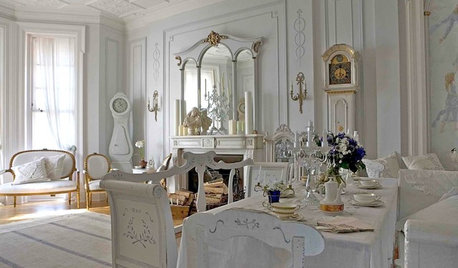
TRADITIONAL STYLEDecorating With Antiques: Luxurious Linens
Bring quality, comfort and a sense of old-world romance to your rooms with vintage tablecloths, sheets, napkins and more
Full StorySponsored
Your Industry Leading Flooring Refinishers & Installers in Columbus
More Discussions









lazy_gardens
mayberrygardenerOriginal Author
Related Professionals
Hanover Park Cabinets & Cabinetry · Newcastle Cabinets & Cabinetry · Spring Valley Cabinets & Cabinetry · Arlington Carpenters · Needham Carpenters · Ridgewood Carpenters · St. Johns Carpenters · Saddle Brook Carpenters · Ballwin Flooring Contractors · Glen Burnie Flooring Contractors · Greenville Flooring Contractors · Cedar Rapids Furniture & Accessories · Framingham Furniture & Accessories · Alpharetta Furniture & Accessories · Sahuarita Furniture & AccessoriesmayberrygardenerOriginal Author
mayberrygardenerOriginal Author
mayberrygardenerOriginal Author
lazy_gardens
sombreuil_mongrel
mayberrygardenerOriginal Author
sombreuil_mongrel